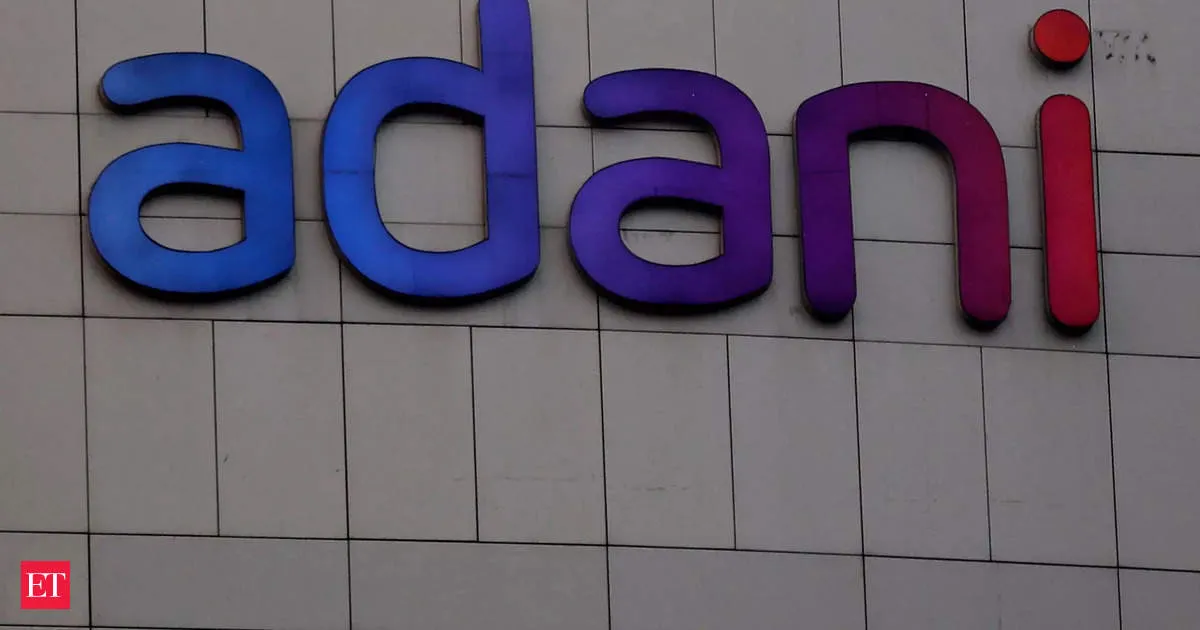Adani Group's Debt Surge as Domestic Banks and NBFCs Escalate Exposure to 36% of Total Debt

Adani Group's Rising Debt and Lenders' Exposure
Domestic banks and non-banking financial companies (NBFCs) have increased their exposure to the Adani Group to 36% of the total debt, raising their stake by 500 basis points throughout 2023-24, according to new data. The group's overall debt has escalated due to significant capital expenditure across various sectors, which include green energy and infrastructure.
Details on Lending and Financial Metrics
- As of March 31, 2024, lenders have disbursed a total of ₹88,100 crore to the Adani Group.
- In March 2023, domestic banks and NBFCs had an outstanding loan balance of ₹70,213 crore—about 31% of the group’s gross debt.
- The consortium of banks, featuring State Bank, ICICI Bank, and others, has markedly increased their funding.
Financial Growth Amid Debt Increase
The Adani Group's debt levels crested by approximately 6% YoY as of the end of March. However, the aggregate operating profit surged by 45% YoY to ₹82,917 crore, significantly backed by advancements in its infrastructure segment. The conglomerate anticipates achieving an operating profit of ₹1,00,000 crore in the current fiscal year, fueled by solid cash flows from its pivotal sectors: cement, ports, and green energy.
Future Prospects and Investments
- Enhancements in capacity are forecasted at Adani Cement, with a 13% increase as Penna Cement integrates.
- Expect operational launches at Vizhinjam and Colombo ports this year, alongside an uptick at existing ports.
- Adani Green Energy targets an escalation to 17 GW from approximately 11 GW currently.
The overall outlook signals growth despite the rise in debt, leading to a net debt-to-operating profit ratio decrease at 2.19 times, down from 3.27 times the previous year.
This article was prepared using information from open sources in accordance with the principles of Ethical Policy. The editorial team is not responsible for absolute accuracy, as it relies on data from the sources referenced.